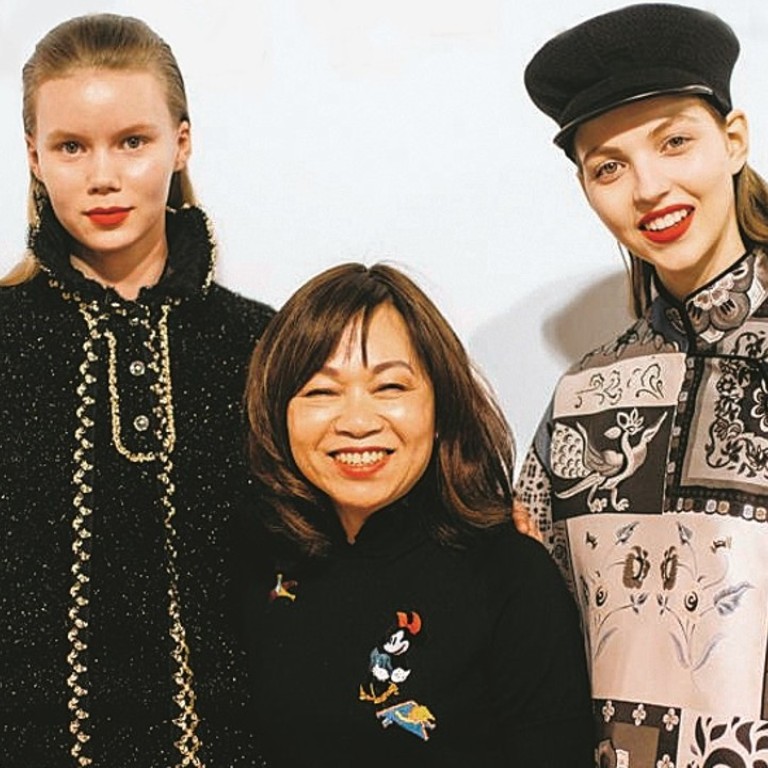
We’ll always have Paris: Taiwan fashion house woos Asia clientele by showing in ‘the top fashion city in the world’
Despite being rejected by many international department stores for its Chineseness and high price point, Taiwanese label Shiatzy Chen, founded 40 years ago, will persist with Paris shows, while launching a leisure line online
In recent years, the New York, London, Milan and Paris fashion weeks have seen an influx of Chinese designers trying to make an impact with a wider audience.
Most of them are up-and-coming names just starting out, or labels that have been around for less than a decade. One of the first brands to decamp to Paris to show its collections, however, was Shiatzy Chen, a 40-year-old company founded in Taiwan by designer Wang Chen Tsai-hsia, also known as Madame Wang, which held its first show in Paris 10 years ago.
Singaporean, Australian and Indian fashion designers in Paris among expat stars to have seized the spotlight in couture capital
Known for its Chinese-inflected pieces that cater to a loyal clientele of luxury shoppers in Asia, Shiatzy Chen positions itself as a luxury brand, defying the notion that the label “Made in China” can’t be attached to high-end products.
Its price point is on a par with that of most European luxury companies, something that often doesn’t sit well with the global customers Shiatzy Chen has been chasing after for the past decade or so.
Henry Wang, the CEO of the company and the son of Madame Wang, is quick to point this out when we meet just before the autumn-winter 2018 show in Paris. “Lots of international department stores tell us that they don’t like the styling, maybe because it’s too Asian, too Chinese. The price range is also high,” he says.
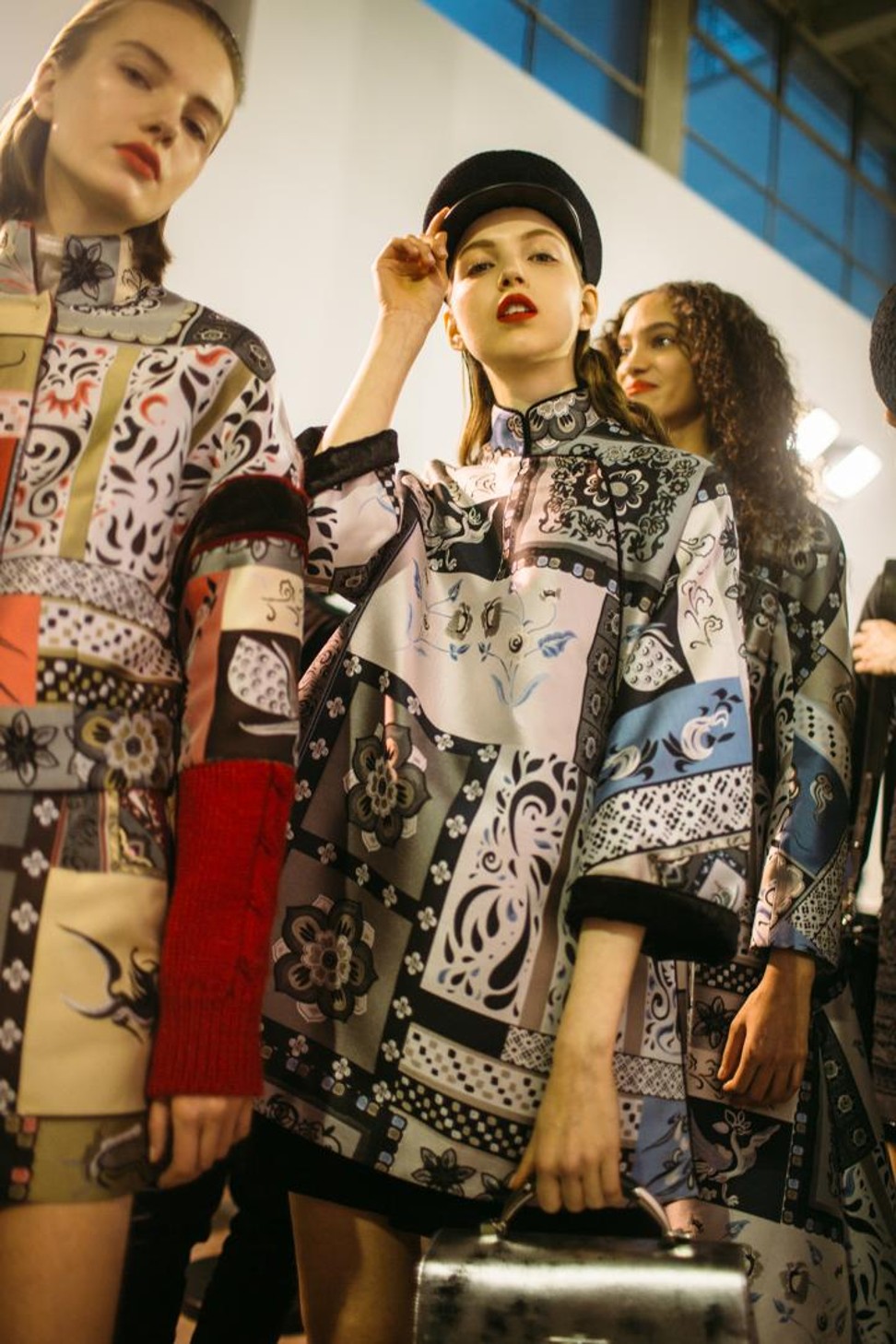
There are very talented people here so I choose Paris to present my latest collection. It’s the right decision for me
“All the big brands are made in China, but they just say it’s made in Italy or France. We have been trying very hard to go global,” Wang says.
Showing in the world’s fashion capital undoubtedly adds lustre to any brand, especially one hailing from Asia, but is the investment really worth it, especially at a time when show fatigue is plaguing the industry?
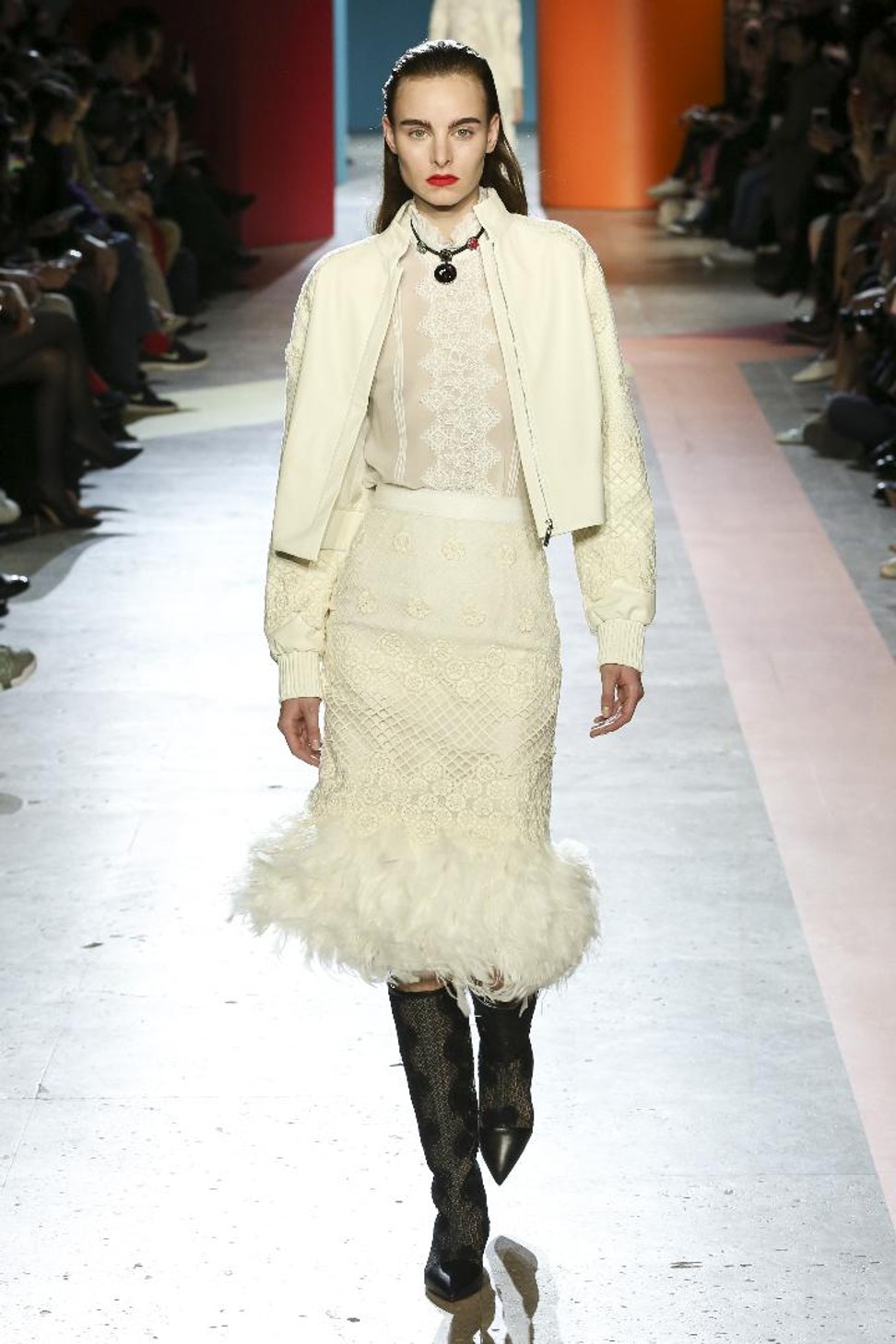
Putting on a show is a big expense and Shiatzy Chen plays in the big leagues, hiring top stylists, make-up artists and DJs for its catwalk presentations, which are often attended by international celebrities (Michelle Yeoh sat front row at the autumn-winter 2018 show).
“We’re still going to show in Paris for quite some time. My mother still wishes to show so I’m still going to support this idea at least until the time she says, ‘OK, that’s enough’,” says Wang.
And it sounds like Madame Wang won’t be changing her mind any time soon.
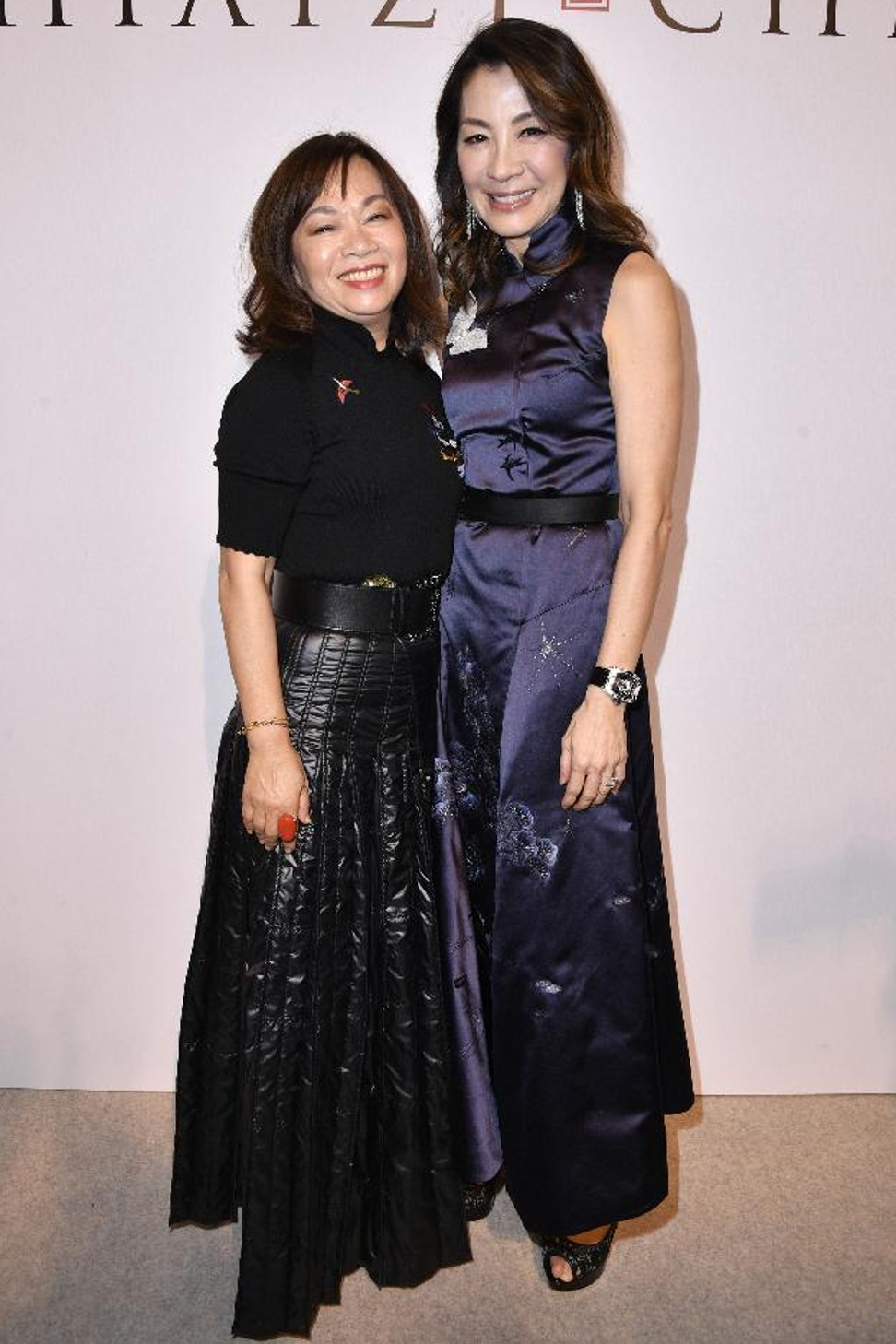
“Paris is the top fashion city in the world and there are many places here where we can find very good materials,” she says in a post-show interview in Paris. “There are very talented people here so I choose Paris to present my latest collection. It’s the right decision for me.”
But what about the competition from all these upstarts from Asia and around the world flocking to Paris and other fashion capitals? Wouldn’t it be better to show in Asia and promote the fashion scene there?
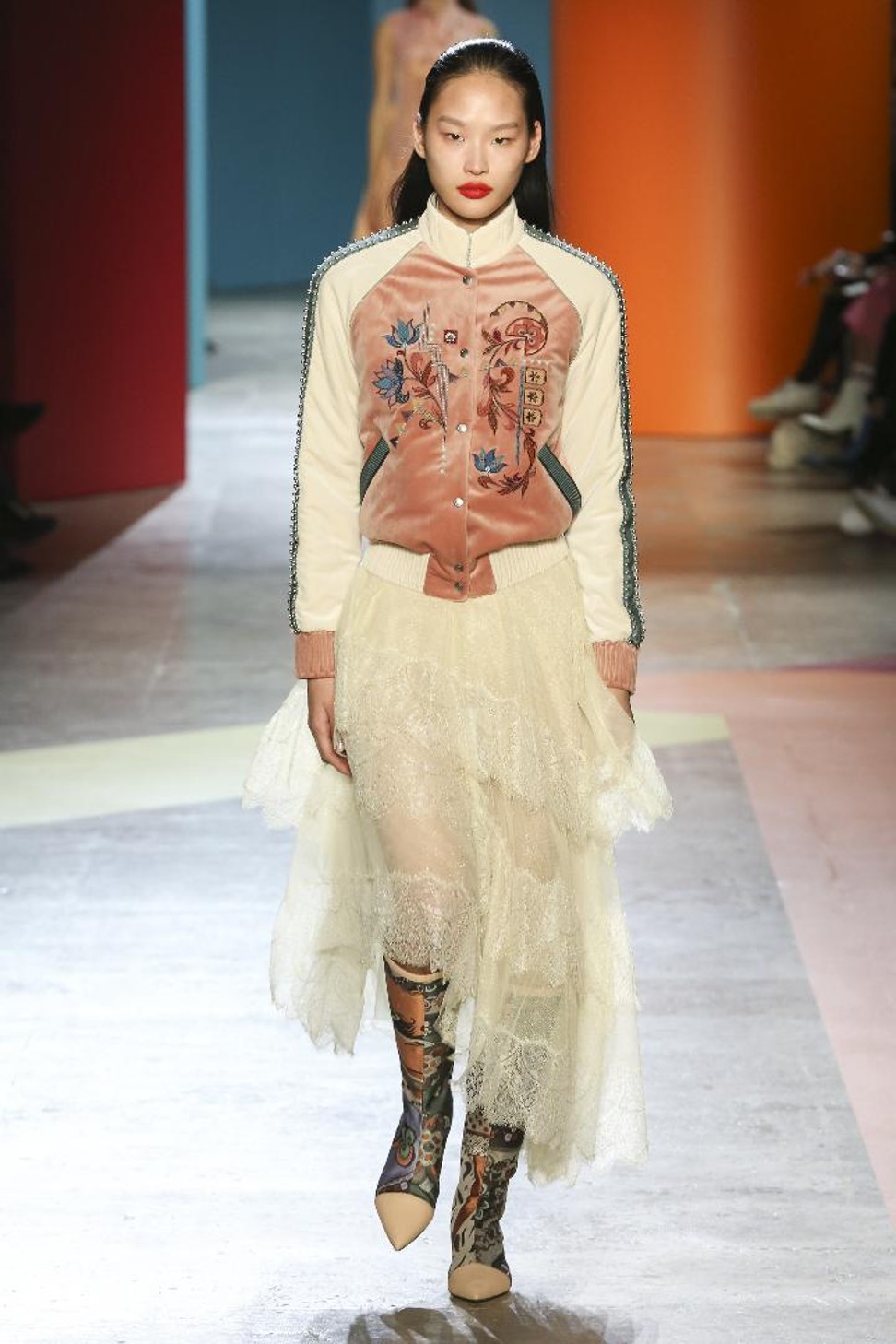
“A lot of these new designers do wholesale in the States or maybe in London, so it’s important, because in Shanghai you have a China fashion week, but mainly for the domestic market. There is not even one international buyer … I mean you probably spend more money in China to do a show.”
China’s fur capital touts itself to world even if fur’s out at Versace and other leading fashion houses
Unlike other Asian brands showing overseas, Shiatzy Chen has a loyal clientele, and most of them are wealthy Chinese women who are proud to wear Asian-inspired clothes and are not followers of trends.
They were all front and centre at the autumn-winter show, clad in the brand’s signature qipao-inspired jackets, “our iconic product”, according to Wang Chen, who is visibly proud of her 40 years in business.
“As you can see on the runway, there’s a lot of red, more than in previous seasons,” she says. “It means celebration in China. That is why I did this for our 40th anniversary.”
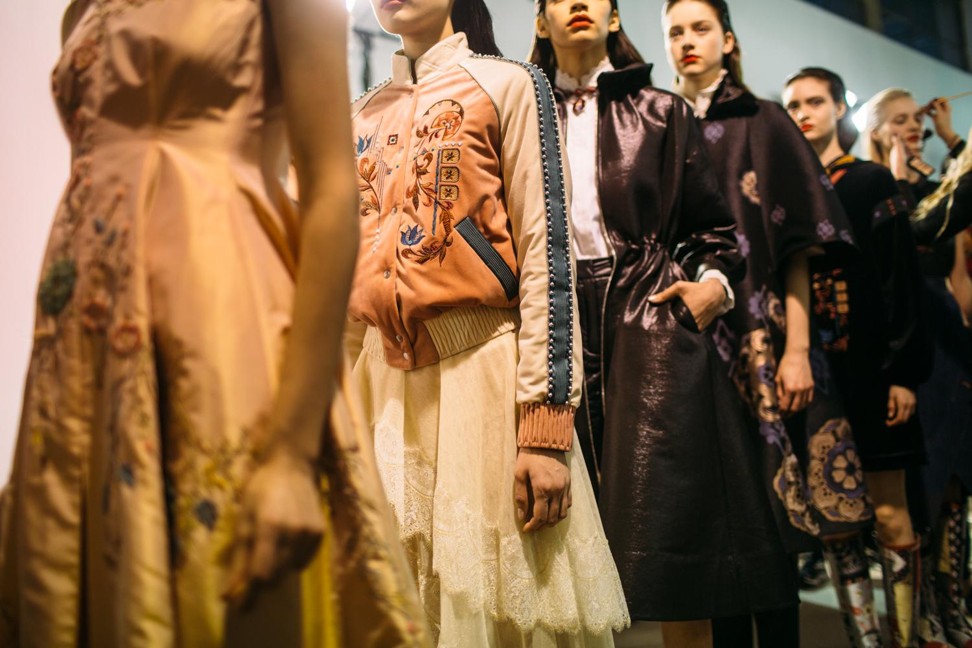
Her son, however, is trying to shake things up and the company has recently debuted a lower-priced line that’s only available online.
“The main purpose is to test out an accessible product for marketing,” Henry Wang says. “We want to attract a bit of a younger customer and introduce this brand to them so maybe they will become our customers.
We were afraid that having a label made in China would be a problem for the quality or the consumers. After 10 years, people accept that it’s very good quality and that the craftsmanship is really good.
“We don’t sell it in our stores because I don’t want to hurt the current business, but again when we asked our VIP customers, ‘Do you want any of this leisure line?’, they said no because it was cheap to them. They always think cheap is bad quality.”
So what does the future hold for Shiatzy Chen, especially in such an important year in the brand’s history? Can the label ride the wave of interest in all things Asian happening in the West right now or should it just focus on its home turf?
Henry Wang says that, while the brand has two boutiques in Paris and plans to expand to London and the US, “I think we’re going to focus more on China”.

“And Japan. Because in Taiwan we have 38 stores and seven in Hong Kong and Macau so I don’t think I can open more,” he says.
But China is a hard market to crack, given that the country is the top target of European brands, which are still leaders when it comes to luxury.
“We are the most expensive ready-to-wear brand from China,” Henry Wang says. “My customers feel that we are luxury, but probably Westerners still think China just copies true quality.
“Building a brand takes forever. We only opened in China in 2003, so only 16 years ago and most Chinese when they think of luxury, the first thing they mention is Louis Vuitton, Chanel, Hermès … They have a history.”
The best of Paris Fashion Week: blockbuster Balenciaga, confident Chloé, dreamy McQueen, and a Hong Kong debutante
Forty years of history may not compare to the century-old legacies of those European bastions of luxury, but it is certainly a remarkable milestone for a family company hailing from Taiwan.

